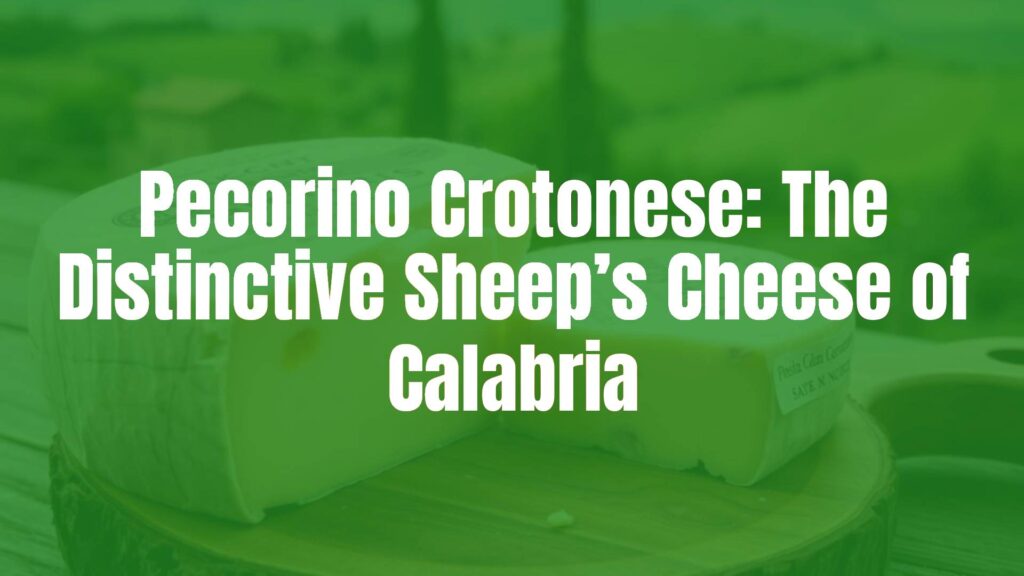Introduction to Pecorino Crotonese
Pecorino Crotonese is a distinguished sheep’s milk cheese hailing from Calabria, in southern Italy. Renowned for its rustic character and nuanced flavors, this cheese is a testament to the Calabrian landscape and centuries-old cheese-making traditions.
Defining Characteristics
Unlike its more famous Roman cousin, Pecorino Crotonese boasts a firmer texture with a subtle yet complex taste profile. Young wheels tend to be mild, creamy, and slightly tangy, while aged varieties develop a rich, piquant flavor with nutty undertones. The interior is generally ivory to pale yellow, with a natural rind formed through traditional methods. Its aroma reveals hints of herbs and grasses from the region’s pastures.
Origins and Historical Roots
The roots of Pecorino Crotonese trace deep into Calabria’s rural heartlands, where sheep farming has flourished for centuries. References to this cheese date as far back as medieval times, when shepherds produced it for both local consumption and trade. Its name reflects the nearby city of Crotone, underscoring its geographic and cultural significance within the region.
Traditional Production Techniques
This cheese is primarily crafted from raw or pasteurized sheep’s milk, often enriched by the local flora grazed by the flocks. Curdling occurs slowly; once set, the curds are hand-cut, molded, and pressed. Salting can take place in brine or dry, contributing to its characteristic rind and flavor. The cheese can be aged from a minimum of one month for a softer, milder taste, up to over six months for a harder, more intense result.
Regional Pairings and Culinary Roles
In Calabria, Pecorino Crotonese is celebrated as both a table cheese and a grating cheese, depending on its age. Fresher forms are enjoyed sliced, paired with Calabrian salumi, figs, or rustic bread. More mature forms are commonly grated over pasta dishes, risottos, or vegetable bakes, adding depth and savoriness. It also pairs well with full-bodied regional red wines, which balance its robust profile.
Cultural Significance and Celebratory Traditions
Pecorino Crotonese is more than a food staple; it is a point of local pride, featured in village feasts, harvest festivals, and family celebrations. As a protected designation of origin (DOP) cheese, it symbolizes both agricultural heritage and regional identity, with artisanal producers continuing to champion traditional methods.
How to Savor Pecorino Crotonese
To appreciate all its complexity, serve Pecorino Crotonese at room temperature. Savor it sliced on antipasto platters, drizzled with local honey, or crumbled over salads. For an authentic experience, pair it with Calabrian specialties like ‘nduja or preserved vegetables. Its adaptability ensures it shines in both rustic and refined contexts.

